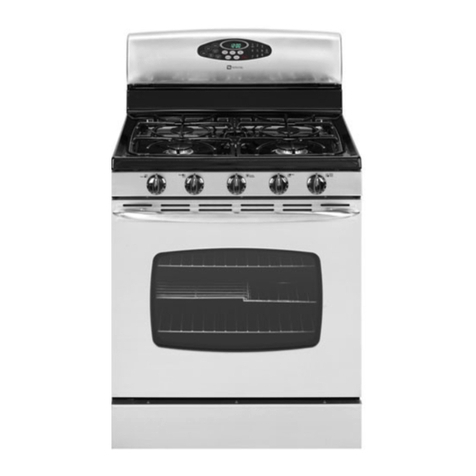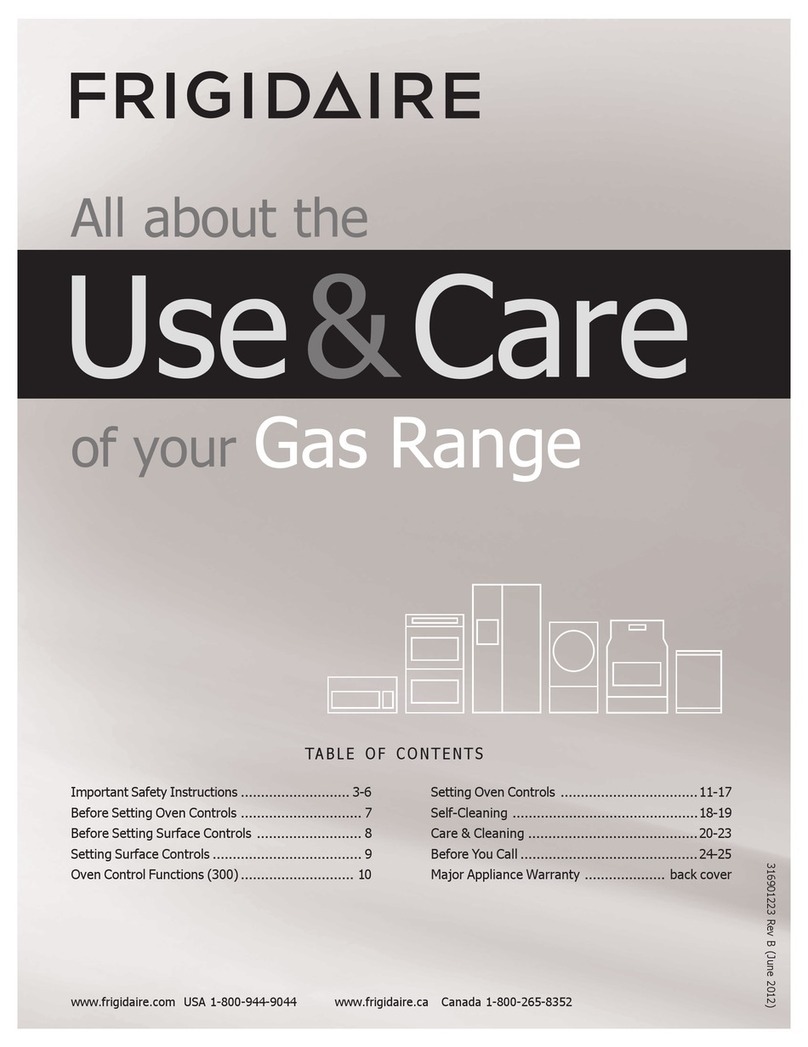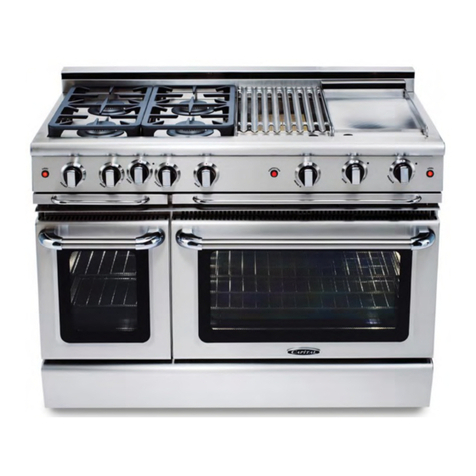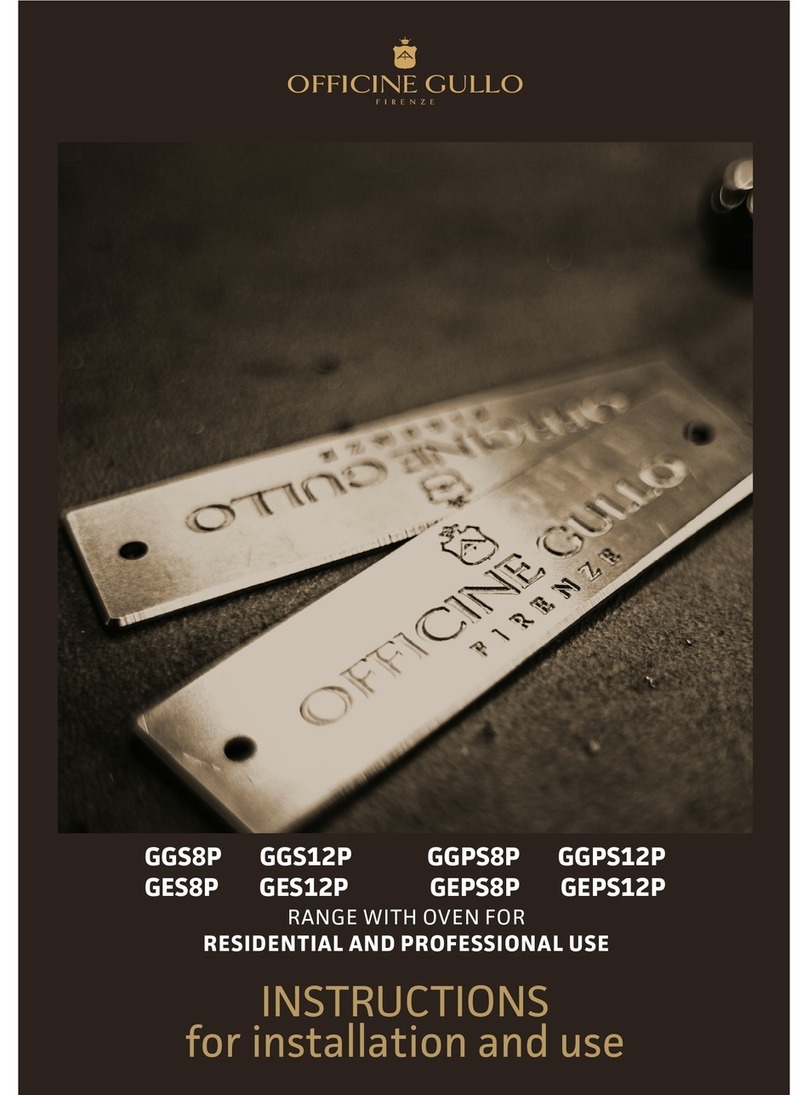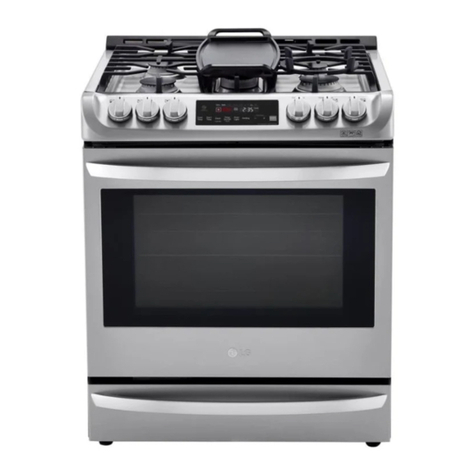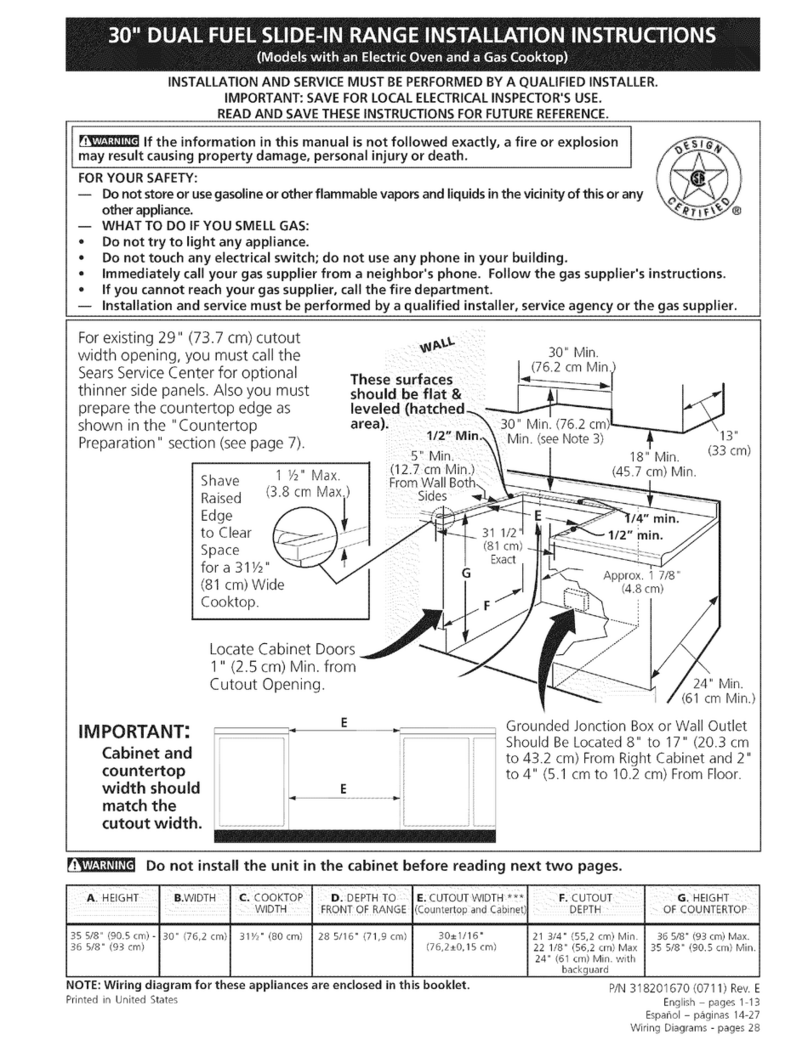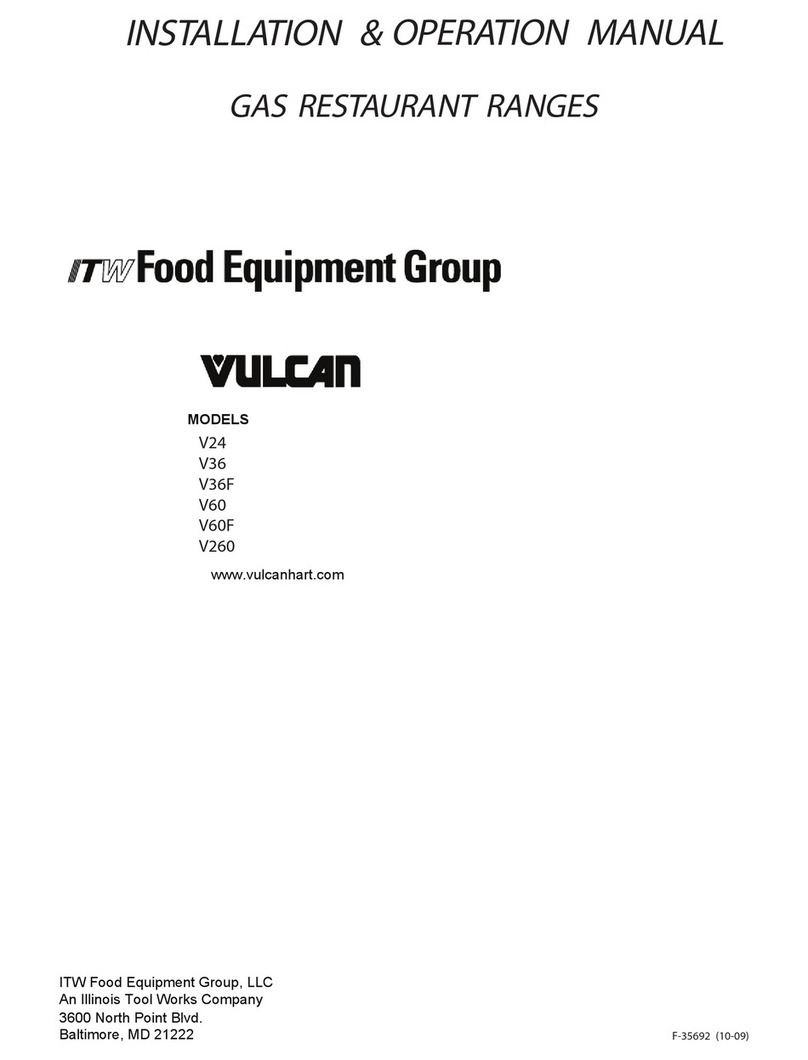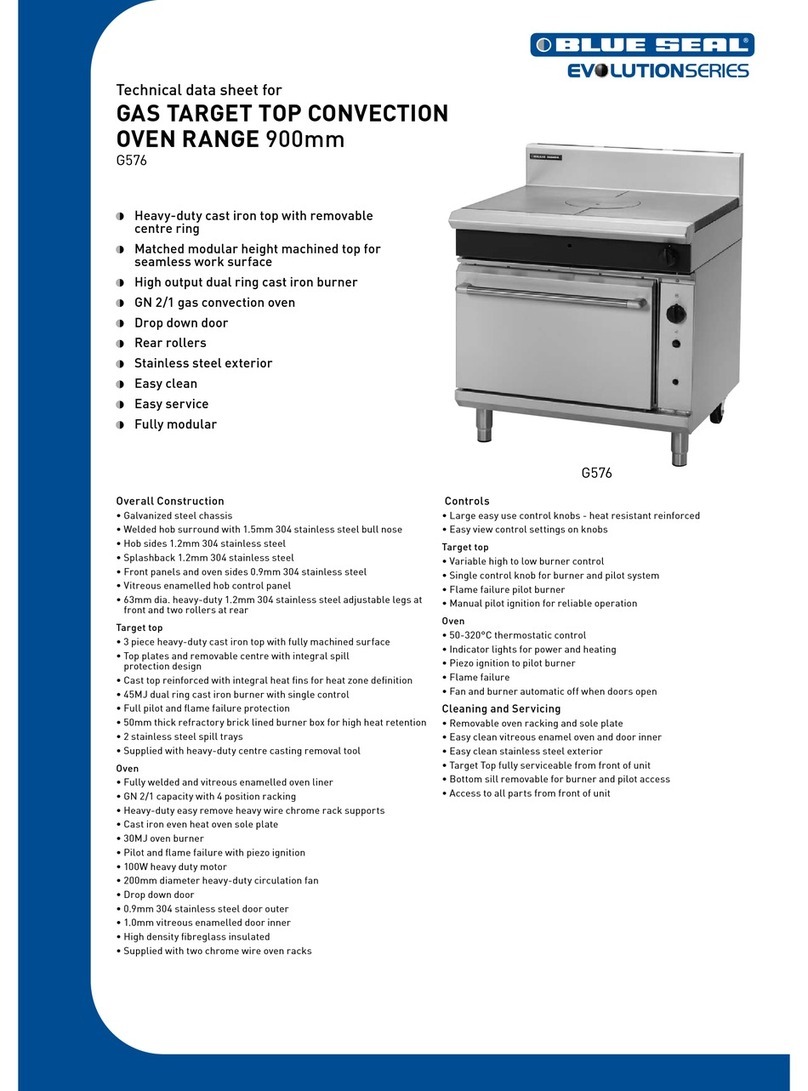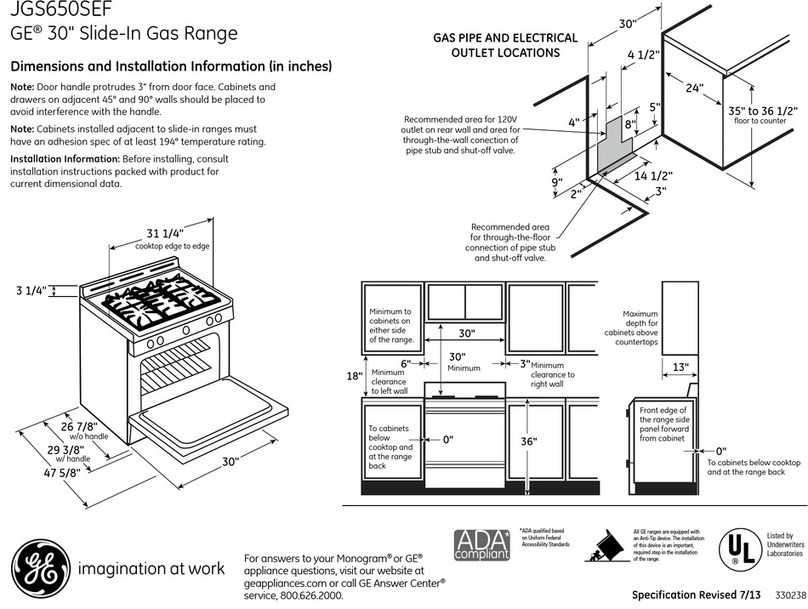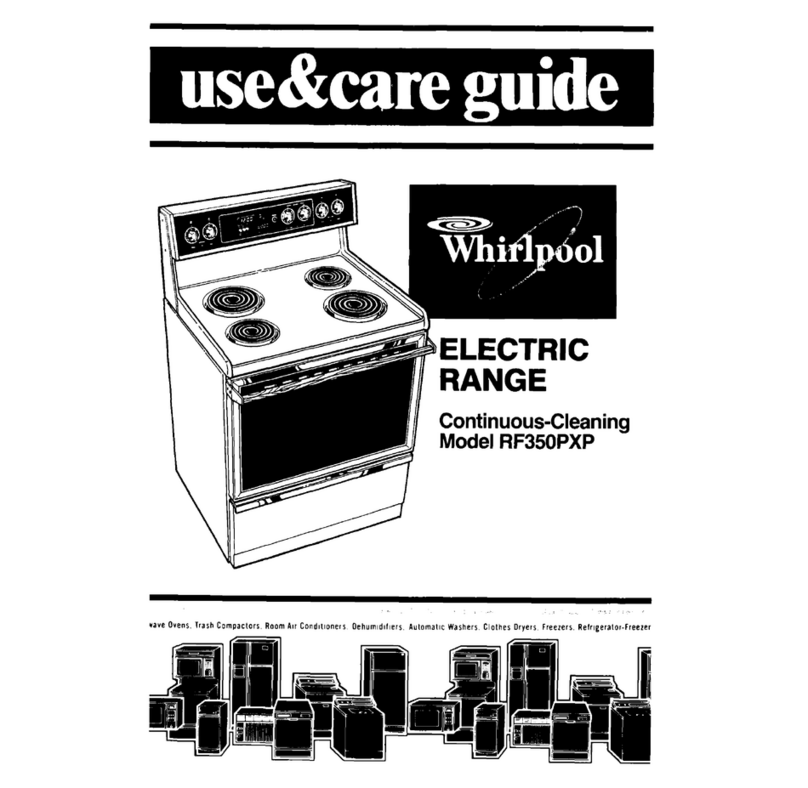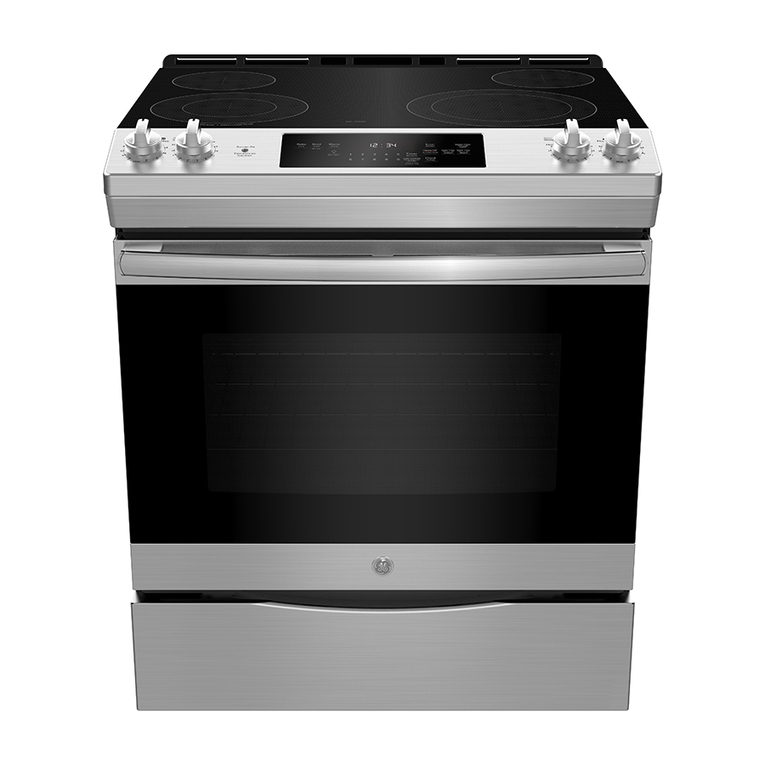
- 10 -I
- Qualora l’apparecchiatura non venga utilizzata per lunghi periodi, passare energicamente su tutte le superfici in acciaio un
panno appena imbevuto di olio di vaselina, in modo da stendere un velo protettivo. Arieggiare periodicamente i locali.
PULIZIA DELLA PORTA DEL FORNO
Come in qualsiasi altro caso la pulizia della porta, sia interna che ester-
na, viene effettuata a forno completamente raffreddato.
Se la porta esterna è in cristallo esso và pulito solamente con acqua
calda evitando l’uso di panni ruvidi.
Per le parti smaltate comportarsi come per l’interno del forno,usando
acqua calda e detergente non abrasivi o acidi.
Per una semplice ed accurata pulizia del cristallo interno della porta è
prevista la possibilità di toglierlo dalla propria sede svitando a porta
completamente aperta le viti (A) come mostra la figura.
PULIZIA DELL’INTERNO DEL FORNO.
Prima di ogni operazione disinserire elettricamente l’apparecchiatura.
Lasciare raffreddare il forno e pulirlo accuratamente con un panno umido imbevuto di acqua tiepida e detergente non
abrasivo ( o con appositi prodotti in commercio). Non usare panni o spugne abrasive o altri prodotti che potrebbero danneg-
giare irreparabilmente lo smalto.
Fig. 2
PIANO DI COTTURA - PIASTRE ELETTRICHE
Si raccomanda di tenere sempre pulite ed asciutte le piastre di cottura, rimuovendo le untuosità e le incrostazioni usando
anche l’apposito detergente.
Per proteggerle a lungo si consiglia, dopo la pulizia, di passarle con uno strofinaccio umido e asciugarle (mettendole
eventualmente in funzione) .
PARTI INACCIAIO INOSSIDABILE
- Le parti in acciaio inox devono essere pulite con acqua tiepida saponata, quindi risciacquate e poi asciugate con un panno
morbido. La lucentezza viene mantenuta mediante ripassatura periodica, con POLISH liquido, (un prodotto facilmente
reperibile).
- Evitare nel modo più assoluto di pulire l’acciaio inox con paglietta, spazzola o raschietti di acciaio comune, in quanto
possono depositare particelle ferrose che ossidandosi provocano punti di ruggine. Può essere eventualmente adoperata
lana di acciaio inossidabile passata nel senso della satinatura.
4. SOSTITUZIONE DEI COMPONENTI PIU’ IMPORTANTI
SOSTITUZIONE DELLE LAMPADE FORNO
Nel caso si renda necessaria la sostituzione di una delle lampade interne del forno , bisogna
innanzitutto interrompere l’allacciamento elettrico dell’apparecchio. Si deve poi svitare la
calottina di protezione di vetro (A),sostituire la lampada e rimontare la calottina protettiva.
La lampada deve avere le seguenti caratteristiche:
Tensione : 220/230 V - 50 Hz
Potenza : 15 W
Attacco : E14
5. MANUTENZIONE E PULIZIA
